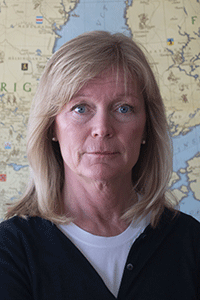 Mia Åkestam
Mia Åkestam
is senior lecturer in art history at the Department of Culture and Aesthetics, Stockholm University, where she also is a member of the board at the interdisciplinary Center for Medieval Studies. Her main fields of research are medieval and Renaissance art history with special interest in the rhetoric of imagery, material culture and historical context. Her Ph.D. dissertation Bebådelsebilder: om bildbruk under medeltiden (Annunciations: on the Use of Imagery in the Middle Ages), was published in 2010. Her published articles include “Mastering Desires: Love, Lust and Want in Vadstena Abbey” (on configurations of desire), in Pangs of Love and Longing: Configurations of Desire in Premodern Literature, 2013; “Lire, comprendre et mémoriser l’Éthique à Nicomaque” (on mnemnotechnics and margins in illuminated manuscripts ), 2009 and “Visa helgon och lärda heretiker” (Wise Saints and Educated Heretics) on the chapterhouse in Santa Maria Novella, Florence , in Mellan himmel och helvete: bilder och berättelser från senmedeltidens Italien, 2015.
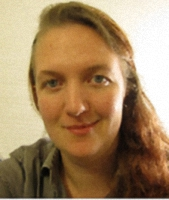 Hanna Autio
Hanna Autio
is a PhD student at the department of Technical Acoustics at Lund University in Sweden. She has a master’s degree of science in engineering and has specialised in mathematics, more specifically computation and simulations. Currently she is working on the development of a real-time auralisation engine, with a focus on the interaction between the different aspects of the virtual experience, as well as the interface for human interaction.
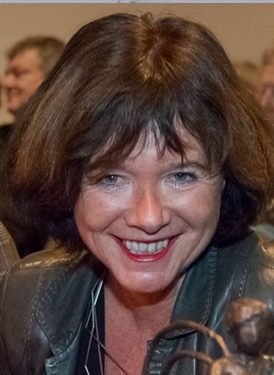 Geeske Bakker
Geeske Bakker
is concept and content developer for Derode3D. Previously as university professor in Utrecht and Groningen, she taught art management and art policy, and more recently at the university of professional studies in Utrecht, she assumed a post in the field of digital communication. Geeske holds degrees both in Dutch language and literature as well as in art history and archaeology.
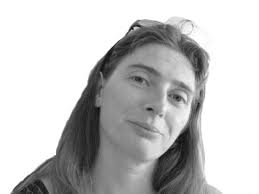 Delphine Bard
Delphine Bard
currently holds a position as assistant professor in the division of Engineering Acousics at Lund University in Sweden. Delphine received her PhD at EPFL in 2005. Since 2000 she has been working on room acoustics with a focus on electroacoustic assistance. She has been involved in a project on Lausanne Cathedral, where she is seeking to increase the sound restitution quality for all locations within the cathedral. One of her research topics is on real time auralization of interiors (mainly concert halls and chambers).
 Stephan Borgehammar
Stephan Borgehammar
is professor of Practical Theology at the Lund University, Sweden. His main research interest is Christian literature and ecclesial practices in the Middle Ages, in particular hagiography, liturgy and preaching. Two recently completed projects (2015 ) in which he has been involved are a facsimile edition with studies of the Liber Daticus Vetustior Lundensis (a twelfth-century martyrology from the Cathedral of Lund) and the final volume of the complete English translation of the Revelations of St. Birgitta. Currently he is working on an edition of a collection of early thirteenth-century Latin sermons from the Cistercian abbey of Alvastra, Sweden.
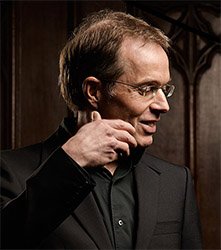 Stratton Bull
Stratton Bull
is the artistic director of Cappella Pratensis, a Dutch-based vocal ensemble that specializes in fifteenth- and sixteenth-century polyphony and performs exclusively from facsimiles of original sources. He is also a staff member of the Alamire Foundation, International Centre for the Study of Music in the Low Countries (University of Leuven), where he works on polyphony projects and is coordinator for the Journal of the Alamire Foundation.
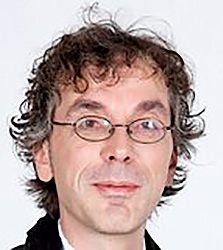 David Burn
David Burn
is associate professor of musicology and head of the Early Music Research Group at the University of Leuven. He studied at Merton College, University of Oxford, completing his doctorate there in 2002 on Heinrich Isaac’s mass propers under the supervision of Reinhard Strohm. His research is focussed on the later 15th and 16th centuries, with particular interest for Heinrich Isaac and his contemporaries, interactions between chant and polyphony, source-studies, and early-music analysis. David has published widely on these topics in leading international peer-reviewed journals including the Journal of Musicology, the Revue de musicologie, the Archiv für Musikwissenschaft, the Journal of Music Theory, and Musiktheorie.
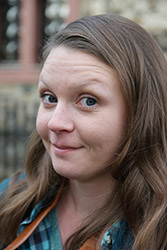 Kelly Bevin Butler
Kelly Bevin Butler
is a Ph.D. candidate at Arizona State University studying art history. Bevin earned her Bachelors (2010) and Masters (2010) in art history from the University of North Texas. Her dissertation, titled Critical Explorations of Medieval German and Scandinavian Liturgical Textiles: Gender and Materiality in the Fiber Arts, will interrogate historic associations of textiles with femininity, the historiography pertaining to nuns’ contributions to the arts in the Middle Ages, and ways in which embroideries and tapestries produced by nuns subverted traditional church hierarchies. During 2015-2016, she conducted research for her dissertation as the Rolf and Ursula Schneider Fellow at the Herzog August Bibliothek in Wolfenbüttel, and traveled to collections in Germany, Sweden, Switzerland, and Belgium, supported through grants from the American Friends of the HAB and the International Center for Medieval Art. Bevin is also a published photographer, specializing in techniques that enhance her research through macro- and microscopic examination of stitching techniques and materials to reveal details indiscernible to the naked eye.
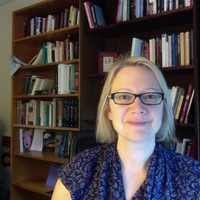 Holly Dugan
Holly Dugan
Holly Dugan is an associate professor of English at the George Washington University in Washington, DC. She is an expert on the history of perfume in the renaissance and the role of smell in early modern culture. Her research and teaching explores relationships between history, literature, and material culture. Her scholarship focuses on questions of gender, sexuality, the boundaries of the body, and the role of the senses in late medieval and early modern England. She is currently working on a book that examines staged moments of perception in Shakespeare's works.
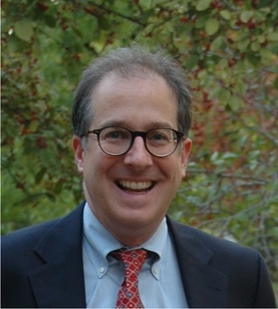 George Justice
George Justice
is former Dean of Humanities in the College of Liberal Arts and Sciences and Associate Vice President for Humanities and Arts in the Office of Knowledge Enterprise Development at Arizona State University. A specialist in eighteenth-century British literature, Justice is the author and editor of scholarship on the literary marketplace, authorship, and women's writing. His BA is from Wesleyan University and his MA and PhD from the University of Pennsylvania. Prior to coming to ASU, Justice taught at the University of Pennsylvania, Marquette University, Louisiana State University, and the University of Missouri, where he also served as Vice Provost for Advanced Studies and Dean of the Graduate School.
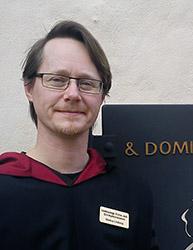 Markus Lindberg
Markus Lindberg
is the director of Sancta Birgitta Convent Museum in Vadstena and Linköping Castle and Cathedral Museum. Markus earned his master of arts in archaeology and history from Uppsala University. Currently he is conducting research on the medieval monastery at Vadstena, translating a late-medieval manuscript by Bishop Hans Brask, and working on the 12th-century royal graves in the monastery church of Vreta Kloster.
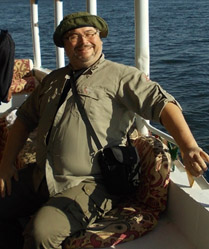 Stefan Lindgren
Stefan Lindgren
is a research engineer at Lund University Humanities Laboratory. His responsibility in the lab is mainly the virtual reality department, where he deals with questions of recording, analyzing and visualizing 3D-data. In that capacity he is frequently involved in archaeological projects, both for documenting excavations and ancient sites, and also for the visualization of reconstructed historical sites. He is involved in the Swedish Pompeii project where he is part of the team that 3D-scanned a complete city block of Pompeii and created a reconstruction of the house of Caecilius Iucundus.
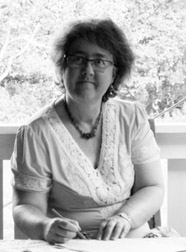 Eva Lindqvist Sandgren
Eva Lindqvist Sandgren
is assistant professor in art history at the University of Uppsala. She is a specialist in medieval book illuminations, on which she wrote her doctoral thesis in 2002. Her research focuses on illuminated medieval manuscripts and manuscript fragments, medieval art in Scandinavia, the art of the Birgittine order and its pictorial strategies. Eva has inventoried illuminated manuscripts in Swedish collections, studied the nuns scriptorium in Vadstena Abbey, and is currently examining the uses of images in the abbey church of Vadstena.
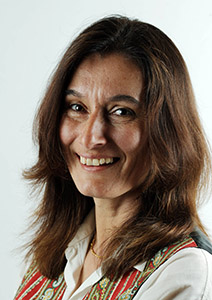 Magali Ljungar-Chapelon
Magali Ljungar-Chapelon
is a tutor in research methodology at the Faculty of Fine and Performing Arts and researcher in digital representation at the Department of Design Sciences, Faculty of Engineering of Lund University. Her field of research is digital representation and interactive virtual reality based performances that engage the audience as actor-spectator i.e. to launch and analyze artistic processes and knowledge experiences for audiences physically immersed in virtual environments. She has a background in performing arts and social sciences and her work is interdisciplinary and collaborative at the crossover between several art forms and disciplines: 3D-art, dance, music, archaeology, architecture, interaction design, technical communication and social psychology. At a theoretical level and from a hermeneutic perspective she addresses how artistic research and digital technology linked with other disciplines might generate shared cognitive maps and new knowledge. In her latest research project Magali explores new ways to engage audiences in a time travel experience as actor-spectators and interpreters of Bronze Age iconography.
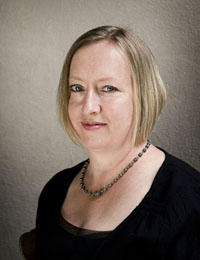 Aino Lund Lavoipierre
Aino Lund Lavoipierre
a soprano soloist, studied at the Malmö Academy of Music and subsequently focused on early music in Paris at the Maîtrise de Notre Dame de Paris (Notre Dame cathedral’s school of voice) and at the Centre de Musique Médiévale. She has been performed primarily in France, where she principally worked with the ensembles Diabolus in Musica and Dialogos, both of which specialize in medieval music. In Scandinavia she performs frequently as oratorio soloist and with ensembles including Gemma, Laude Novella, and Aurea. Aino is also interested in contemporary music and has made sung premier performances of music by Madeleine Isaksson and Reine Jönsson.
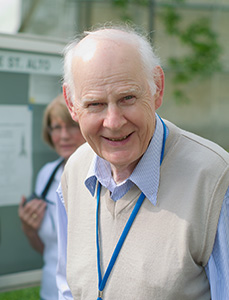 Tore Nyberg
Tore Nyberg
studied musicology and history at Uppsala and Lund Universities until 1956, passed a licentiate (fil.lic.) in 1960 in Lund in medieval history on Bavarian Birgittine monasteries, defended his doctoral thesis “Birgittinische Klostergründungen des Mittelalters” (fil.dr.) at Lund University in 1965, studied Catholic theology in Munich until 1969, held a scholarship in Copenhagen for one year, from 1970 to 2001, researched and taught medieval history at Odense University/University of Southern Denmark, received his dr.phil.habil. at Augsburg University in 1981, and teol.dr.h.c. (honorary doctor of theology) from Uppsala University in 2003. Tore edited the scholarly sections of the journal Birgittiana from 1996 to 2013. He has published numerous books and articles on the Birgittine order. His most recent monograph, Monasticism in North Western Europe 800-1200, appeared in 2000.
 Lena Palm
Lena Palm
sings alto/mezzosoprano and is currently completing her master's degree in the Early Music Program at the Royal College of Music in Stockholm. Lena began her career as a music teacher but since 2011 focuses on her own performance. She frequently joins with the international vocal ensemble Arton for performances of Baroque, Renaissance and more recent music. Lena performs as an extra with both the Eric Ericson Chamber Choir as well as with the Swedish Radio Choir, both for concerts and on tour. She has sung solo parts in sacred works by Bach, Händel, Buxtehude, Duruflé and Mozart and in secular music by Strozzi, Monteverdi, Dowland and Purcell.
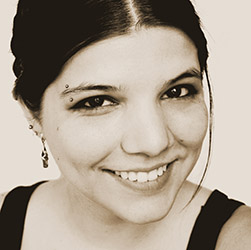 Susan Poole Anderson
Susan Poole Anderson
is the Communications Coordinator for the Institute of Humanities Research at Arizona State University. Her own academic interests include animals, medieval art, critical theory, multisensoriality, media and photography. She has worked as a research assistant on the Extraordinary Sensescapes project.
 Jan de Rode
Jan de Rode
is an architectural historian, who, in 1996 founded DeroDe3D based in Utrecht (the Netherlands). He specialises in the presentation of archaeological discoveries and investigataions of historical buildings through 3D visualisations (see www.derode3d.nl for projects and publications). Jan is also an artist by profession and has held exhibitions in Amsterdam, Brussels and Paris.
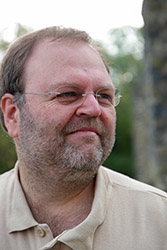 Volker Schier
Volker Schier
received his Dr. phil. from Katholische Universität Eichstätt. His research explores the liturgy of the Middle Ages as well as the full range of music cultures that proliferated during the late Middle Ages and early modern period. His numerous publications include the international multimedia project Opening the Geese Book launched in 2012, Katerina’s Windows: Donation and Devotion, Art and Music, as Heard and Seen Through the Writings of a Birgittine Nun, with Corine Schleif in 2009, Tropen zum Fest der Erscheinung des Herrn in 1996, and Tropen zum Weihnachtskreis in Bamberger Handschriften des 11. bis 15. Jahrhunderts in 1994. Volker has produced two audio compact discs: Das Gänsebuch: German Medieval Chant and Der Kardinal Albrecht von Brandenburg: liturgische Festprozessionen am neuen Stift in Halle.
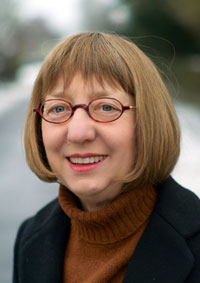 Corine Schleif
Corine Schleif
is professor of art history and teaches medieval and Renaissance art at Arizona State University. Her numerous publications include Donatio et Memoria in 1990, Katerina’s Windows, authored with V. Schier in 2009, the multimedia project Opening the Geese Book directed with V. Schier and launched in 2012, a guest-edited special issue of Different Visions in 2008, another of The Senses and Society with R. Newhauser in 2010, and the volume Manuscripts Changing Hands, edited with V. Schier in 2016. Corine's work focuses on art as donation, art and memory, art in multisensory contexts, and German art historiography. Social concerns involving class, gender and animality inform her research. ASU Impact Magazine interviewed her recently about the project.
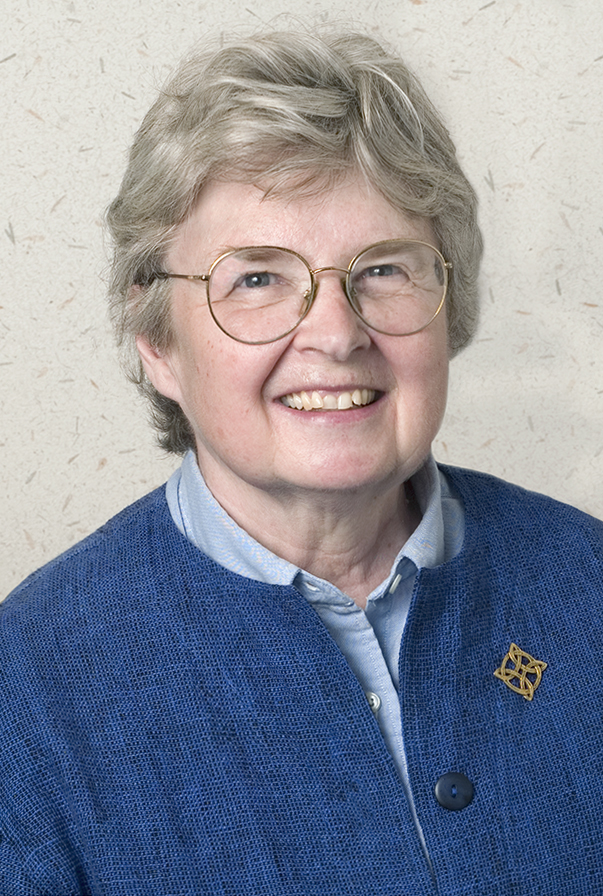 Jane Tibbetts Schulenburg
Jane Tibbetts Schulenburg
is Professor of History in the Departments of Liberal Arts and Applied Studies, Medieval Studies, and Gender and Women's Studies at the University of Wisconsin-Madison. Her research interests and publications focus on women in medieval society and the Church, female monasticism, women saints, and gender and sacred space. She has published numerous articles on women and monasticism, virginity, enclosure, the production of pilgrimage centers and miracles, women and relics, women as builders of churches, and medieval women and embroidery. Her major work is a study of female saints Forgetful of Their Sex: Female Sanctity and Society, ca. 500-1100. University of Chicago Press, 1998/2000. She is presently completing a study on gender and the construction of sacred space, 500-1150.
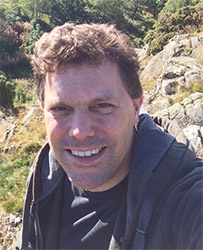 Anders Sjöström
Anders Sjöström
is an application expert on GPU-programming at the Lund University supercomputer centre Lunarc. He has a Master's degree in mathematics specializing in numerical analysis and more than 15 years experience in high performance computing. He has also worked as a research engineer at the department of linguistics and as audio- and video engineer in the humanities lab at Lund University. Anders is currently pursuing a PhD in technical acoustics with special interest in simulation techniques utilizing HPC-hardware.
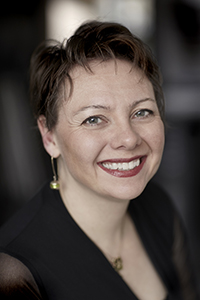 Karin Strinnholm Lagergren
Karin Strinnholm Lagergren
is a senior lecturer at Linneaus University, Växjö and Kalmar. From 2013–2015 she held a postdoctoral position at KU Leuven, sponsored by the Swedish Research Council. Her research project investigates the transmission of the Birgittine cantus sororum in the Low Countries. She has studied musicology at the universities of Uppsala and Gothenburg and during shorter periods at Utrecht University and at the École pratique des hautes etudes, Sorbonne. In her Ph.D. thesis, The Word Became Song: Liturgical Song in Roman Catholic Monasteries and Convents 2005–2007, at Gothenburg University, she analyzed the use and function of Gregorian chant in contemporary monasteries throughout Europe. Strinnholm Lagergren’s currrent research focuses on medieval chant from the Nordic countries but also chant repertoires after the Middle Ages. It combines ethnomusicological and cultural-historical perspectives with musical analysis of the sources. She has held positions as lecturer at Åbo Akademi, Stockholm University, and Örebro University.
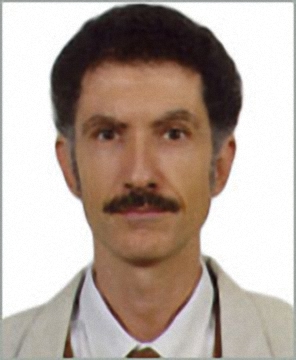 Johannes Tripps
Johannes Tripps
is Professor of Comparative History of Art History and Material Culture at the Department of Media, University of Applied Sciences, Leipzig and since 2011 associate Dean of the Faculty of Media. Previously he held the chair of Comparative History of European Art at the Università degli Studi in Florenz, was curator at the Historical Museum in Bern, and Director of the Schloss Oberhofen Foundation. Johannes Tripps examines the multiple functions and materiality of objects and art in late-medieval and early-modern churches. His many publications include the books Tendencies of Gothic in Florence: Andrea Bonaiuti (1996), Das handelnde Bildwerk in der Gotik (1998), and Giotto malt ein lachendes Kamel: Zur Rolle des Tieres in der toskanischen Malerei des Trecento (2003).
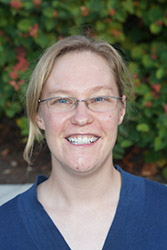 Michelle Urberg
Michelle Urberg
Michelle is currently a metadata librarian at ExLibris in Seattle, Washington. In 2016, she finished both her PhD in music history and theory from the University of Chicago and her master's degree in library science from the University of Illinois. Her dissertation is entitled "The Musico-Devotional Practices of the Birgittine Brothers and Sisters at Vadstena Abbey (c. 1370-c. 1545)." This work has been supported by Fulbright IIE and American Scandinavian Foundation Fellowships, as well as the Department of Music and the Divinity School at the University of Chicago. Her scholarly interests include intersections between music and architecture in monastic churches, the use of processional chant in the cloister church, and, the cultivation of musical literacy through manuscripts, gendered chant repertories, and more recently the rise of digital scholarship in the humanities. She continues work on a new translation of a devotional text called the Jungfru Marie Örtagård, a text central to the musical literacy of the Birgittine sisters. New projects include examining the processional repertory of the Altomünster sisters and studying the role of digital scholarship in the university library.
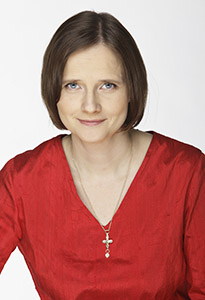 Hilkka-Liisa Vuori
Hilkka-Liisa Vuori
holds a doctorate in musicology and is a teacher, singer and researcher of plain chant. Currently she teaches Gregorian chant in Sibelius-Academy, Helsinki, as well as meditative chanting in Kallio congregation, Helsinki. Hilkka-Liisa is a singer in the duo Vox Silentii (established in 1992), which has recorded eleven compact discs, primarily of medieval chants. She specializes in Birgittine chants of the Middle Ages.
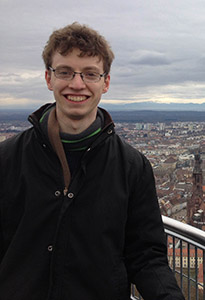 Edmund Wareham
Edmund Wareham
is a Fulford Junior Research Fellow at Somerville College, Oxford, and a research associate on The Nuns' Network project, financed by the Gerda Henkel Stiftung, and based at the universities of Oxford and Duesseldorf. This project analyses the corpus of nearly 1,800 letters from the Benedictine convent of Luene. He has recently completed a doctorate on the history of the Cistercian convent of Guenterstal, near Freiburg im Breisgau. He has studied History and German at the universities of Oxford, Trier and Freiburg.
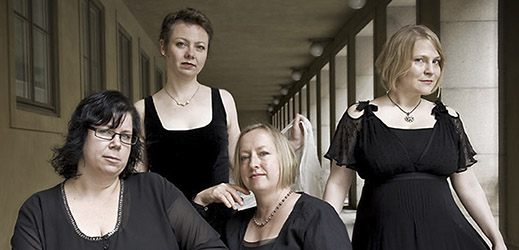 Ensemble Gemma
Ensemble Gemma
The vocal ensemble Gemma, directed by singer and musicologist Karin Strinnholm Lagergren, specializes in Gregorian chant from medieval Scandinavian sources but also performs church music from the earliest polyphonic repertoire dating from the 12th and 13th centuries. The music is mostly based on the ensemble's own research in archives and libraries and often presents music that has not been heard since the Middle Ages. The singers studied early music in France, the Netherlands, Denmark and Sweden. They also collaborate with other early music ensembles such as Diabolus in Musica, Dialogos, Musica Ficta, Laude Novella and perform in many European countries. Since 2014 they are collaborating with the Belgian ensemble Psallentes. The ensemble also works together with museums to add acoustic components to exhibitions. Their music can be heard at the exhibitions "The History of Sweden" at the National Historical Museum in Stockholm and "The Skara Missal and other Medieval Manuscripts" in Skara. In 2014 they recorded their first CD as a co-production with the ensemble Psallentes: The Torstuna Missal, featuring music from the Dominican chant tradition. Gemma also offers courses in medieval vocal music.